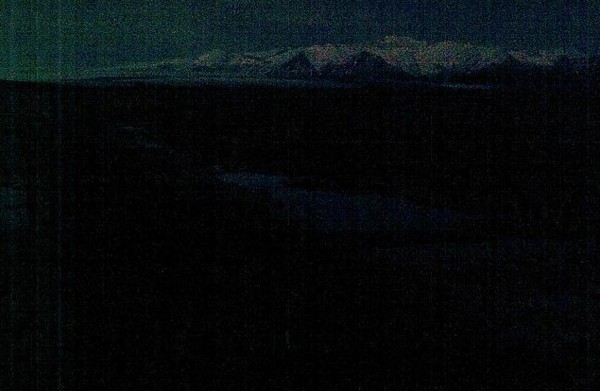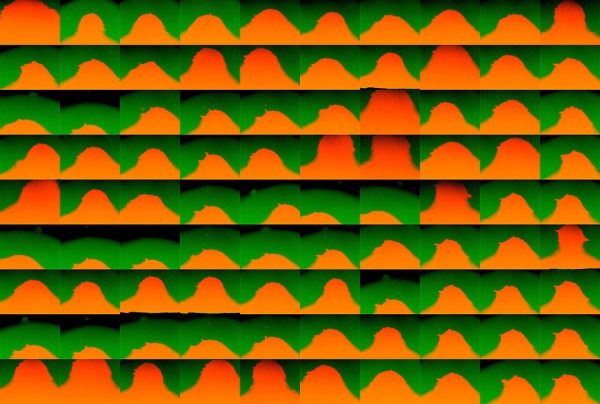Christopher Meerdo
Thursday, 29 August 2013




From top to bottom: Hveragerði (2013), Cipher (2011), Dark Data (2013), Sine Qua Non (2012)
“Interested in the evasive nature of photography, Christopher Meerdo utilizes photography, video, and installation to act as a mediator between memory and constructed reality. Through addressing political issues as well as confronting his own personal narratives, Meerdo creates visual representations of seemingly inaccessible information that examine perception, permanence, and entropy.
For Sine qua non (2012), Meerdo takes an opposite approach. Rather than restoring damaged photographs, he instead uses destruction as the process to create new images. Realizing the ephemeral disposition of digital technology, he spent the summer of 2011 using a camera manufactured in the 1990’s to photograph the sun thousands of times over. Through the process, the camera’s sensor eroded, leaving it incapable of photographing representational images and instead only able to record its own deterioration. Meerdo then printed these images in the order in which he took them, so that the viewer can see how the images change as the sensor erodes.
Continuing to explore how photography can aesthetically contextualize abstract information, Meerdo sources an encrypted 1.5 gigabyte file released for a short time on WikiLeaks, an anonymous activist website. Created by the site’s founder, Julian Assange, the file is intended to act as insurance in the event that Assange or WikiLeaks is ever jeopardized. Until Assange releases the encryption key, what is truly contained in the file, titled insurance.aes256, is ultimately unknown. Through data processing, Meerdo transforms the amorphous and essentially non-existent raw binary data of the file into a black and white image. He then prints the image in its entirety on an uninterrupted 100” x 350” piece of paper to show the scale of information included in the file, as well as inside handmade envelopes that recall patterns of security envelopes. Similarly, Chinga La Migra (Fuck the Border Patrol) (2011) sources 700 classified documents from the Arizona Border Patrol through teenage ‘hacktivist’ groups, whose intents include generating disorder on the Internet. Using the documents’ binary data, Meerdo converted the 1’s and 0’s into the RGB color spectrum–thereby exposing the documents through visual interpretation. Through creating corporeal visualizations through aesthetic interpretation, these two series both examine the idea of hidden data and the artist’s obsession with the unseen.”
-Excerpted from The Museum of Contemporary Photography